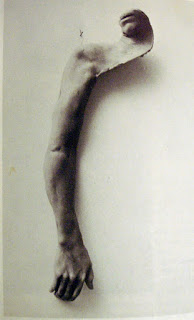My vector triptych portrayed some of my personal interests in life in an abstract point of view. from left to right, the letters start from
K,S,and
A for specific reasons. Each letter was modified in such a way that visually revealed certain aspects that I appreciate in experimenting with art and how I view selected objects that play a major role in my lifestyle.
The first one started out as a
K, and was originally set up in a way that looked like a star, I later changed this to look like what's supposed to resemble written scribbles that are commonly seen on sheets of paper. This was to invoke my interest in drawing by hand. The reason I went with a
K was from my online nickname as Kazzy, and is the name I use when showcasing my artwork online. The color was set to a shade of green since I often use that color as my theme.
The
S was of course, the initial for my last name, and the name used in my family. Where the
K was shaped into harsher and jagged lines with grit (meant to reflect my own work), I made the
S into rounder and softer lines. This represents a culmination of my families work in a united form. My mom was a painter and my dad works as a munition, the curved shapes and flowing nature of the shape shows the smoother and calmer nature of their work, in contrast to mine. The set color in mind was a shade of magenta since that is the color that has always come to mind when thinking about the family name.
Lastly, the
A is an obscure case, as it represents our home, where our work and memories are made. A is the first of the 26 letters in our alphabet, to me, A is a letter that is often looked up to as a goal to reach, or a place to reach. After working at a long day at work or at school, home is then our destination, our top priority to reach. The colors were a mix of colors that represent the shades of the sky during an outstanding unset out our front porch.



















